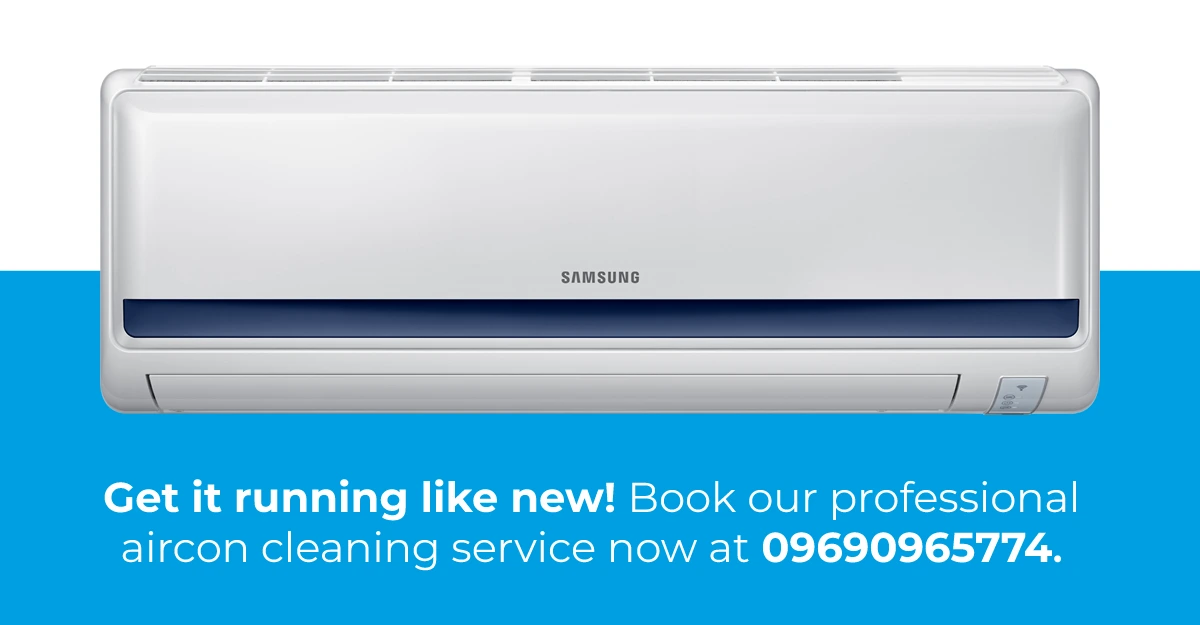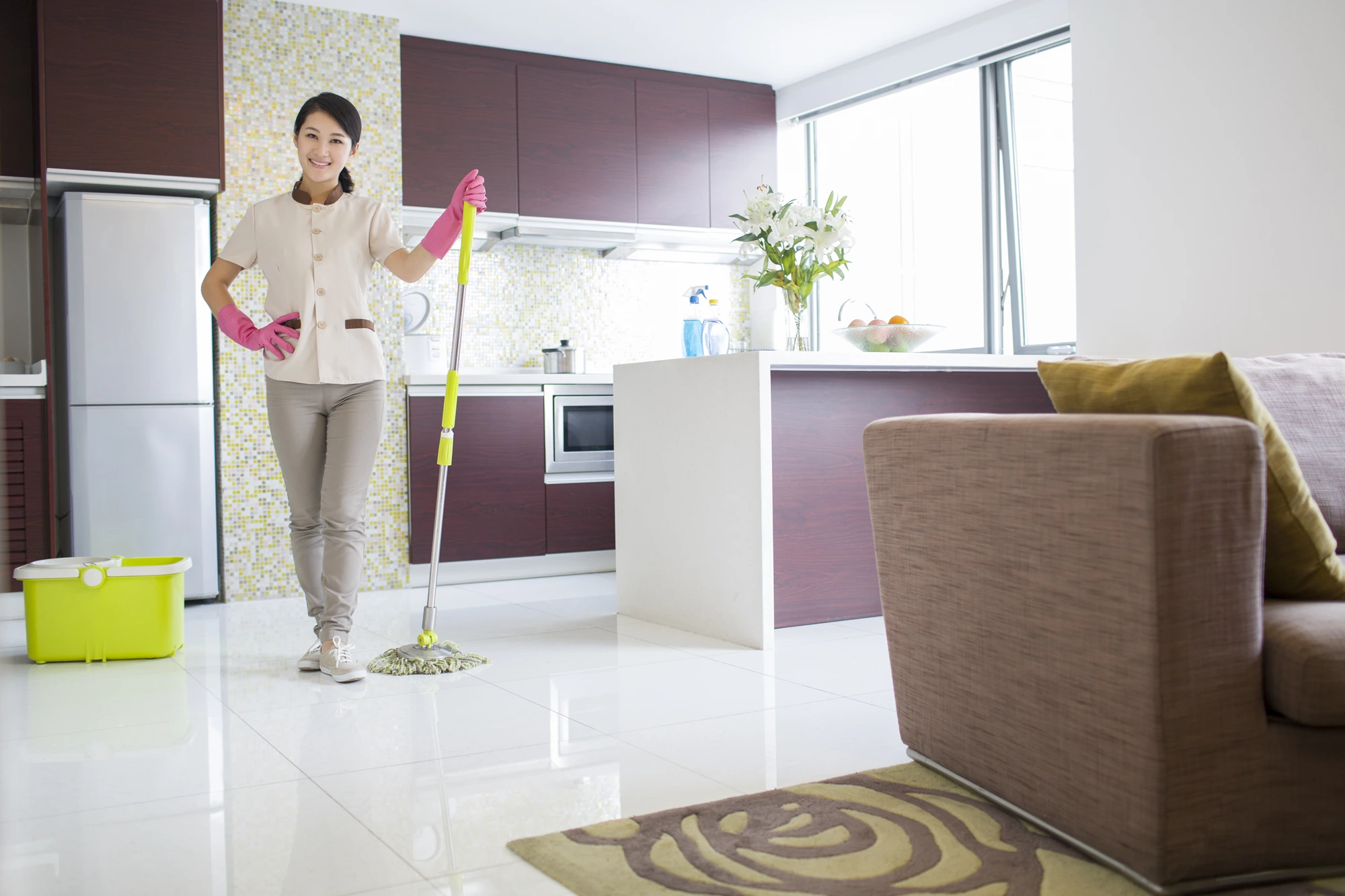Navigating the sweltering heat of the Philippines often leads to the same question: What is the best way to cool a home or office? While the classic window-type aircon has its merits, the split-type air conditioner has emerged as a superior, more modern solution for many. Its sleek design, quiet operation, and powerful performance have made it a staple in contemporary living spaces and offices across the country.
This comprehensive guide will demystify the split-type aircon, exploring its inner workings, the benefits and drawbacks it offers, and most importantly, the crucial maintenance required to ensure it remains a reliable source of cool, clean air for years to come.
What is a Split-Type Aircon?

A split-type air conditioner, as its name suggests, is an air conditioning system that is divided into two main units: an indoor unit (evaporator) and an outdoor unit (condenser). These two units are connected by refrigerant tubing and electrical wiring, which allows the system to move heat from inside the room to the outside.
The indoor unit, typically mounted high on a wall, silently pulls in warm air from the room. This air passes over a cold coil, cooling it down. The cooled air is then circulated back into the room, lowering the overall temperature.
Meanwhile, the outdoor unit, which houses the noisy compressor and condenser, expels the heat and moisture from the room into the outside environment. This separation of components is the key to the split-type aircon’s quiet operation and makes it an ideal choice for bedrooms, living rooms, and office spaces where minimal noise is desired.
Advantages of a Split-Type Aircon
The rise in popularity of split-type air conditioners is not just a trend; it’s a reflection of their numerous practical advantages over other AC types.
1. Quiet Operation
The most significant advantage of a split-type aircon is its whisper-quiet operation. Since the noisiest components—the compressor and condenser—are located in the outdoor unit, the indoor unit operates with a minimal sound, often a soft hum. This makes it perfect for environments where silence is golden, such as bedrooms, libraries, or conference rooms.
2. Aesthetic and Design Flexibility
Split-type units are much more aesthetically pleasing than bulky window-type ACs. The indoor unit is slim and modern, blending seamlessly with any room’s decor. The installation also doesn’t require occupying a window, allowing for more natural light and better security. Furthermore, a single outdoor unit can be connected to multiple indoor units, which is known as a multi-split system, offering a clean and streamlined solution for cooling several rooms.
3. Energy Efficiency
Split-type air conditioners, particularly modern inverter models, are highly energy-efficient. Inverter technology adjusts the compressor speed to maintain a constant temperature, rather than constantly turning it on and off. This not only saves a significant amount on electricity bills but also provides more consistent cooling.
4. Versatility and Zoned Cooling
Split-type units are incredibly versatile. A multi-split system allows you to cool different rooms to different temperatures, a concept known as zoned cooling. You can turn on the AC only in the rooms you are using, which is a major benefit for energy conservation and cost savings.
Disadvantages of a Split-Type Aircon
Despite their many benefits, split-type air conditioners also have a few drawbacks that are important to consider before making a purchase.
1. Higher Initial Cost
The upfront cost of a split-type aircon is generally higher than that of a window-type unit. The complexity of the two-part system and the specialized installation required contribute to the higher price tag. While the long-term energy savings often justify this cost, it can be a significant barrier for some.
2. Complex Installation
Installation of a split-type AC requires a professional. It involves drilling a hole in the wall for the refrigerant lines and electrical wiring, as well as properly mounting both the indoor and outdoor units. A poor installation can lead to refrigerant leaks, reduced efficiency, and other operational problems.
3. Professional Maintenance
While the filters can be cleaned by the homeowner, the inner workings of a split-type unit are more difficult to access. This means that a thorough, deep cleaning requires a professional technician with specialized tools and expertise.
The Importance of Regular Aircon Maintenance
Just like any high-performance machine, a split-type air conditioner requires consistent, professional maintenance to function optimally. Over time, dust, mold, and other contaminants can build up on the internal components, severely affecting performance and air quality.
How Often Should You Clean It?
The frequency of cleaning depends on your usage and environment.
- For the air filter: The air filter, located in the indoor unit, should be cleaned every two to four weeks. A clogged filter makes the unit work harder, consuming more electricity and potentially causing a breakdown.
- For a professional cleaning: A professional deep cleaning should be done at least once a year. If your unit is used heavily or if you live in a polluted or humid area, a cleaning every six months is highly recommended to prevent mold growth and maintain efficiency.
A Step-by-Step Guide to Basic DIY Cleaning
While a professional deep clean is necessary, you can still perform some simple maintenance to keep your split-type unit in good shape between visits.
Step 1: Turn off the Power. Always start by turning off the unit and unplugging it from the power outlet to prevent any accidents.
Step 2: Clean the Air Filter. Open the front panel of the indoor unit and carefully remove the air filters. Wash them with warm water and a mild detergent. Let them dry completely before placing them back.
Step 3: Wipe Down the Indoor Unit. Use a soft, damp cloth to gently wipe the exterior and the vents of the indoor unit. This removes surface dust and grime.
Step 4: Clear the Outdoor Unit. Use a soft brush or a vacuum cleaner to remove any leaves, twigs, or debris from the outdoor unit. This ensures proper airflow and prevents the unit from overheating.
When to Call in the Professionals
While DIY cleaning helps, it’s not enough to maintain your unit’s long-term health. Over time, mold, mildew, and bacteria can flourish on the deep internal components that are difficult to access, such as the blower wheel, drain pan, and evaporator coils.
Professional cleaners use specialized tools, high-pressure washers, and antimicrobial solutions to thoroughly clean and sanitize every component. This not only improves your unit’s energy efficiency but also ensures that the air circulating in your home is free from harmful pathogens and allergens. A professional cleaning can also help prevent costly repairs down the line by catching potential problems early on.
No Time to Clean? Cleaning Services PH is Here to Help.
We know that a busy schedule can make it difficult to find the time for proper aircon maintenance. At Cleaning Services PH, we understand the importance of a clean and efficient air conditioner for your family’s health and comfort.
Our team of professionally trained technicians is skilled in handling all types and brands of air conditioning units, including complex split-type systems. We use the latest equipment and techniques to deliver a deep, thorough clean that a simple DIY job can’t match. We’ll handle the dirt and grime, so you can enjoy a healthier, more comfortable home.
Don’t let a dirty aircon compromise your family’s health or your unit’s performance. Book a professional aircon cleaning service with Cleaning Services PH today. Call us at 09690965774 or email us at hello@cleaningservices.ph.




